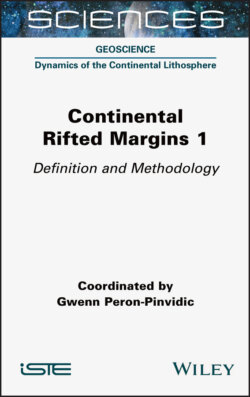Читать книгу Continental Rifted Margins 1 - Gwenn Peron-Pinvidic - Страница 40
1.3.3.4. Linkage of rift faults and basins
ОглавлениеFaults rarely form as isolated features and a rift system is built through the activity of several families, or populations, of faults. With ongoing extension and crustal thinning, faults and basins may interact and link in various geometries. Depending on the scale of the study, various terms are used in the literature to refer to these distinct areas. The series of faults that interact and/or accommodate extension under similar structural settings are often known as “fault complexes”, “fault systems” or “fault zones”. At one stage, as faults grow during ongoing extension, they may come close to each other and specific interactions are then observed. Distinct vocabulary is then used to characterize the faults: unlinked faults that do not mechanically interact, soft-linked faults that form an overlapping structure but are not physically connected and hard-linked faults that are physically connected. The areas where interaction occur are called overlapping structures. These are called relay zones, transfer zones or accommodation zones, depending on the geometrical characteristics of the structural connection between the faults (Figure 1.27). Each zone is characterized by special structural features: relay ramps form in relay zones between synthetic faults, transfer faults are oriented perpendicular to the overlapping faults and usually display strike-slip displacement (not to be confused with transfer zones), en-échelon faults are series of faults lying oblique to the overall structural trend and organized in a series of parallel or subparallel, overlapping or step-like faults.
Figure 1.27. Illustration of the possible complex geometries developed during extension and fault/basin migration/interaction/linkage. The cartoons are based on a study of the North Sea East Shetland Basin. The graph in d) summarizes fault throw versus time for the three main fault systems (source: from Cowie et al. 2005)
The way faults are organized and linked in an extensional setting is related to the way normal faults grow (see section 3.2) (Childs et al. 2017; Rotevatn et al. 2019).
Further reading.– The above descriptions are abbreviated and often simplified. If interested in reading and learning further, the reader is referred to the following list of publications and references:
– General: (Kingston et al. 1983; Leeder and Gawthorpe 1987; Leeder and Jackson 1993; Gawthorpe and Leeder 2000; Cowie et al. 2005; Childs et al. 2017; Rotevatn et al. 2019).
– For detailed explanations of basin analysis, we recommend the necessary (Allen and Allen 2013).
